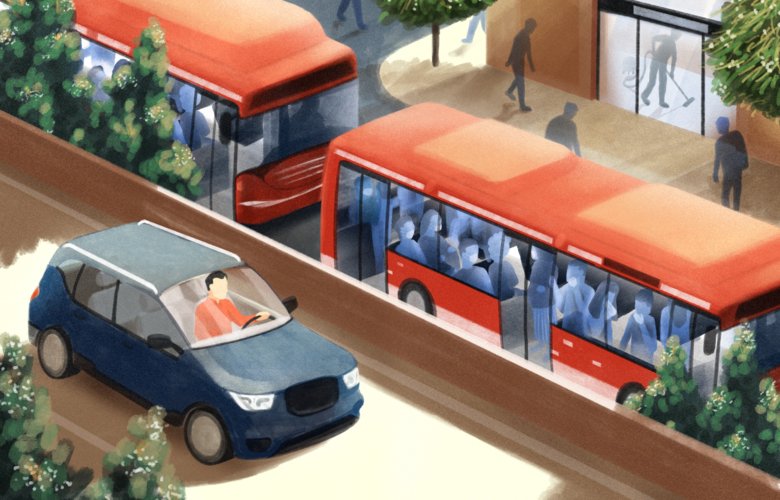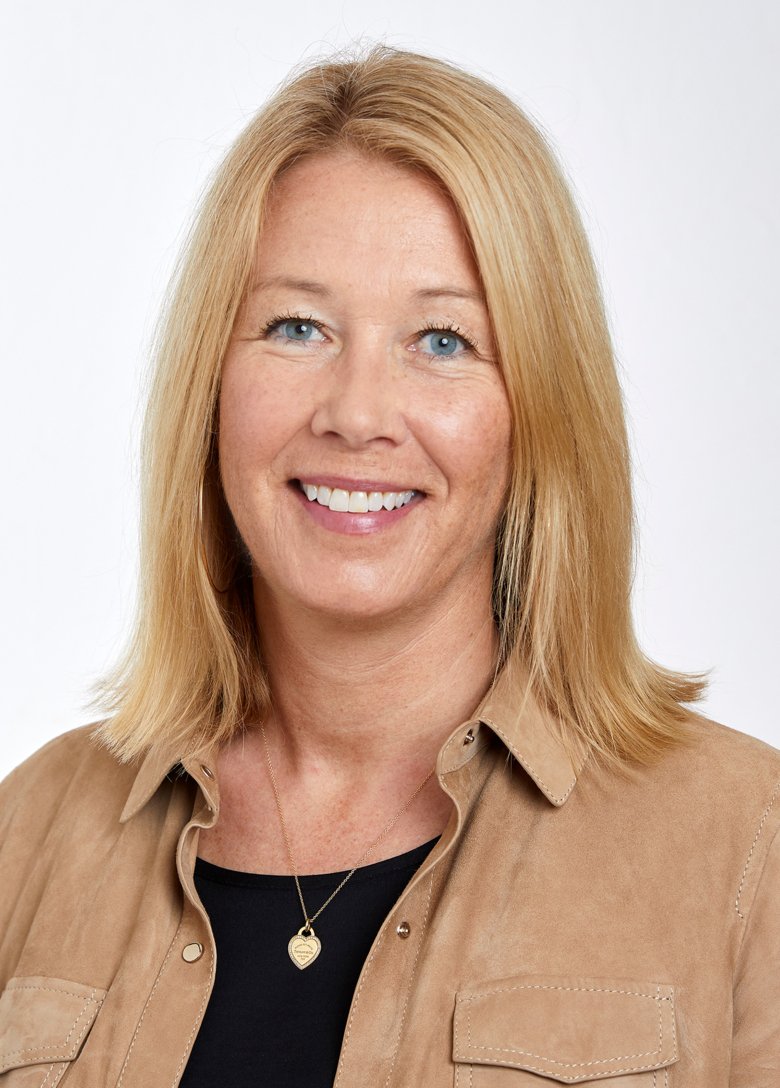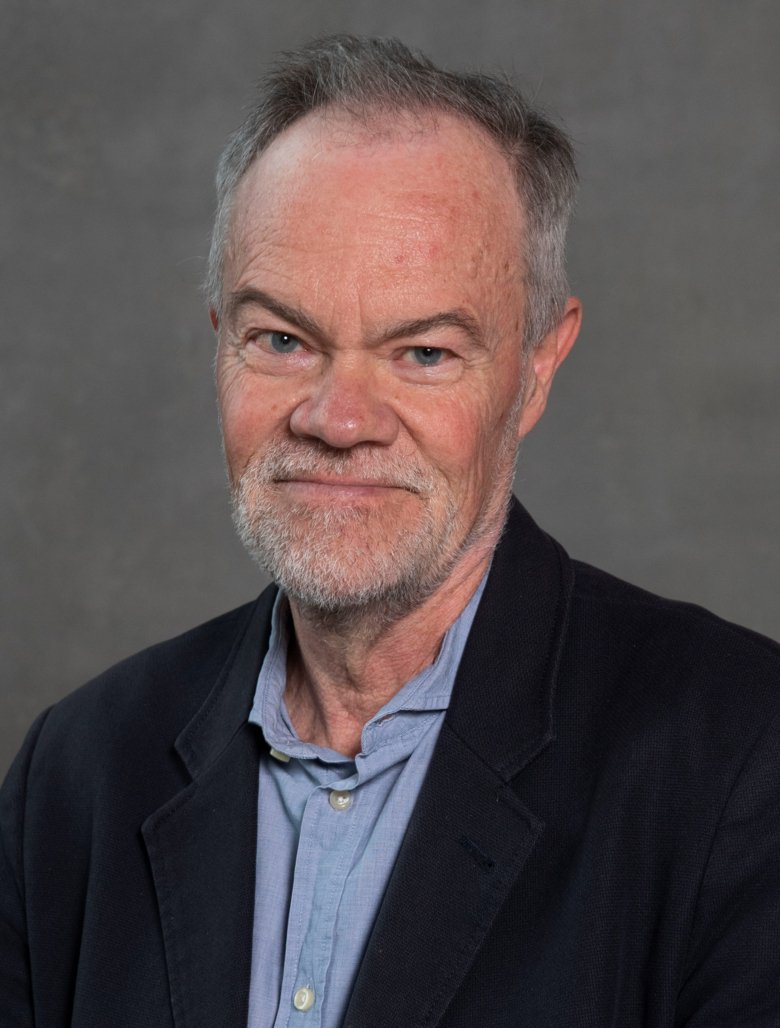Understanding health inequities and how to reduce them

Have a car. Don’t be poor. Don’t have a stressful job. Age, gender and socioeconomics are some of the factors that affect your risk of developing an illness and of dying prematurely. Sweden has set the goal of levelling out influenceable health gaps within one generation. But is this goal realistic? And why is it so difficult to achieve? Read an article series about health inequities from the Swedish magazine Medicinsk Vetenskap.
Text: Annika Lund in translation from Swedish
For the magazine Medicinsk Vetenskap no 3, 2022 | Spotlight on health inequities
The human being as a species has existed for about 200,000 years. For 99.9 per cent of this time, our average life expectancy was about 30 years. As late as 1865, a male Stockholmer lived an average of 25 years, while women lived an average of 31 years.
Since this time, huge economic, social and technological advances have fundamentally reshaped society, which has led to major gains in public health. Boys born in Stockholm in 2018 are now expected to live to see their 81st birthday, and girls to see their 85th. All of this is reported in the Folkhälsorapport 2019 (Public Health Report 2019) from the Centre for Epidemiology and Community Medicine (CES). The report also provides lots of descriptions of how health is unevenly distributed today within Stockholm County. For example:
Facts about health inequities
- Every third death in Stockholm County during the years 2015–2017 could have been prevented if all of the county’s residents would have had the same low mortality rate as the county’s high-income earners.
- It is more than twice as common to suffer a stroke in Upplands Bro, Skärholmen, Botkyrka, Rinkeby-Kista and Södertälje than in Danderyd or Östermalm.
- Three per cent of the county’s residents state that they have refrained from seeking care due to poor finances.

Gisela Nyberg, affiliated researcher at the Department of Global Public Health at Karolinska Institutet and at the Swedish School of Sport and Health Sciences, is one of the researchers trying to understand how we can improve health in socio-economically disadvantaged groups.
She has measured levels of physical activity among children throughout Sweden broken down by age, gender and parents’ level of education. According to her findings, girls exercise less than boys, activity levels decrease as children get older, and children of parents with low levels of education are less physically active.
‘We conducted this study to shed light on the situation,’ says Nyberg. ‘It was the very basis for starting the projects I’m now involved in.’
One of the projects Nyberg has worked with is called A Healthy School Start. The goal of this project is to prevent overweight and obesity among children who live in socio-economically disadvantaged areas. Parents of children beginning kindergarten received a brochure with dietary advice and two motivational interview sessions aimed at changing the family’s habits. The children also received instruction and homework assignments related to diet and physical activity from the schools. The A Healthy School Start project has been evaluated several times, most recently in a dissertation that was presented in June 2022. One of the studies showed that the children gained better diet and exercise habits, but that there was no effect on the prevalence of overweight and obesity.
Another project that Gisela Nyberg is involved in, A Healthy Generation, targets entire families with at least one child in the second year of primary school, also in socio-economically disadvantaged areas. The families were invited to participate in two activities a week, such as ice skating, basketball or football, all free of charge and without requirements for equipment. After the activities, fruit or a healthy dinner was served, and a discussion was held during the meal on different aspects of physical activity, diet and health. Themes included the importance of doing things together as a family or how to dress for an outing in the forest.
Evaluations of this project show that the study participants not only became more active, but that lower blood sugar levels and better quality of life were also achieved, particularly among those who described poor quality of life at the start of the study. Qualitative studies interviewing the participants have also been conducted. These show that the project led to reduced social isolation. In particular, the mothers in the area got to know each other, which contributed to a sense of security and made it easier for them to get out and exercise. The children who had not previously dared to participate in sports at school also got the courage to join in after getting the chance to try different activities.
‘These are things that are difficult to measure but which are also very important parameters for an individual’s health, says Nyberg. ‘I think this is a good project. I don’t know of any other that engages and strengthens entire families in vulnerable areas.’
Modest effects
In a third project, the recently launched Brain Health in School 2, the school day has been lengthened three hours for pupils in Year 8. Up to 60 schools from across the country, from areas with different levels of socio-economic vulnerability, will be included. During these three hours, the pupils will be physically active, get help with classwork and take a walk with an audiobook. The pupils will be monitored with tests measuring things such as fitness, mental health, memory, etc.
Gisela Nyberg is also an adviser for Generation Pep, which is intended to function as a popular movement in which individuals, non-profit organizations, the public sector and businesses can all get involved in the health of children and young people.
So how have these initiatives gone? Have they affected health among children and young people?
Yes, they have. But the effects are modest and short-term.
Gisela Nyberg talks about difficulties in demonstrating effects of initiatives that are intuitively experienced as very valuable. Getting control groups to function properly, for instance, can be complicated. The intended control group participants can sometimes have levels requiring them to be referred to a health care clinic for help with, for example, the initial stages of type 2 diabetes.
‘Then we’ve made an intervention in the control group before the study has even started’ she says. ‘Another problem can be that the study participants quite simply quit if they end up in the control group, because they want so much to be a part of the initiatives we offer in the intervention group. That’s why we’ve switched to offering the intervention to the control group as well once the study period is over, but then we can’t do follow-ups over time with the control group.’
‘Sometimes it feels hopeless’
Nyberg describes the obvious background to some of the projects: It is well-established that obesity and overweight are more common in socio-economically vulnerable groups and it is equally well-known that physical activity and dietary advice can prevent obesity and overweight among children and young people. Spreading healthy habits in groups where there are obstacles to getting these in place is therefore very desirable.
But how should the initiatives be organized to have an impact – to successfully prevent overweight and obesity among at-risk children and young people? And how can we obtain evidence about what works when the initiatives are difficult to evaluate?
‘Sometimes it feels hopeless,’ says Nyberg. ‘I think things are moving too slowly. We need so many more people working in these areas, and we need to find initiatives that reach those who need them the most. But it’s difficult. If we create an initiative that reaches those who already are active, then we’ve failed. One example is information campaigns – we don’t reach the most underprivileged through an information campaign. We don’t know what to do and there are too few of us. But doing nothing isn’t a good idea either.’
We can rattle off a long list of health-related risk factors that are more common in socio-economically vulnerable groups. For example, smoking, drug use, intake of fruits and vegetables, physical activity, high BMI, and impaired kidney function, to name just a few.

Johan Fritzell, professor in social gerontology at the Aging Research Center at Karolinska Institutet, describes two different approaches in research on health equity. One deals with investigating the link between different risk factors and groups in society. Topics may include how prevalent smoking, alcohol or drug use, or unhealthy eating habits are among different groups in society, such as in different socio-economic groups. The other approach is about attempting to understand why these and other risk factors are more common or less common in socio-economically disadvantaged groups – to try to find the ‘causes of causes’, as it has come to be called.
‘According to this way of viewing health equity,’ says Fritzell, ‘it’s not only about people’s choices and lifestyles, but that it basically comes back to social inequality, about the living conditions in society at large.’
A term that is used to describe this for an individual is ‘socio-economic position’ or, shortened, ‘social position’. This is often measured based on occupation, education or income, but more likely includes a number of factors that appear throughout a person’s lifespan, Fritzell explains.
According to this line of reasoning, differences in social position can be linked to differences in health in all societies, both modern and historical, and within different groups. A lower social position is associated with poorer health than a higher one, regardless of whether the comparison concerns individuals with different types of life in Kenya, or higher versus lower salaried employees at a Swedish workplace.
But how does a lower social position lead to ill health? Or, to put it the other way around, why does a higher position provide protection?
Here, the research becomes less clear, explains Fritzell. But one way to look at it is that it concerns the allocation of resources, seen from a broad perspective. Money, knowledge, networks and mental and physical energy are examples of resources that give an individual greater opportunity to control their own life. More resources allows greater freedom in housing and food choices. More resources can also reduce stress, for example because of less worry about unexpected expenses.
‘The researchers who are looking into the causes in this way argue that it is not possible to get rid of structural differences in health without equalizing material and social conditions in society,’ he says.
Health gaps shall be closed within one generation
The Swedish government set a new public health policy goal in 2018. According to this new goal, influenceable health gaps will be closed within one generation, or more specifically, by 2048. The path there will be forged by creating societal conditions for this. Eight target areas have been identified, and education, income, workplace environment and housing are some of these.
Johan Fritzell, however, doesn’t think that the goal will be reached.
‘No, I don’t think that we’ll be able to even out structural differences in health in roughly 25 years,’ he says. ‘But it’s a good goal to try to reduce them, because there’s no good argument for why they should remain. Earlier in my research, I studied economic poverty and income distribution, and good arguments can be found there for why it would be a bad idea to completely equalize people’s incomes. But when it comes to health, it’s hard to find such arguments. There are no rational justifications for why some groups should have a greater disease burden or shorter lifespans for purely structural reasons. Health equity is not about everyone having identical health because we all have different biological and genetic conditions. However, people in different social classes do not have different biological and genetic conditions for good health, but rather the differences are structural.’
Social gradient remains
His own specialist area deals with the health of older people. Part of his research has dealt with a tricky scientific question – does health equality increase or decrease over the course of life? Do small differences at the beginning of life accumulate to become big gaps later in life? Or is it so that the older one gets, the greater significance biological and genetic factors have, which means that the social and structural differences decrease?
‘What we’ve arrived at is not exactly rocket science,’ says Fritzell. ‘We see in our studies that there is first an accumulation, but that late in life, after age 90, the biological and genetic factors take over. But we see that the social gradient remains up into a person’s eighties, which has caused some surprise.’
He and his colleagues have chosen to show both relative and absolute differences between different socio-economic groups. One example that can highlight this concerns infant mortality in England and Wales in different social classes. In 1911, twice as many infants died in the most underprivileged classes than in the most privileged classes. In 2001, the ratio was basically the same – twice as many infants still died in the most underprivileged group. The relative difference was thus unchanged. But in absolute numbers, major improvements have been made, particularly in the most underprivileged group. The number of infant deaths in the most disadvantaged group was over 150 in 1911 but less than ten in 2001. This can be compared with the roughly 75 infant deaths in the most privileged group in 1911 – a number that decreased to less than five in 2011.
‘In this example, the relative differences remain,’ says Fritzell. ‘But it would be wrong to call it a failure because so very many more infants survived in 2001 than in 1911. It could absolutely be argued that we should focus on reducing the differences in absolute numbers rather than relative numbers. This is something that matters when goals and declarations of intent are formulated.’
Covid-19 clear example of unequality
A disease that has clearly affected the Swedish population in an inequitable way is COVID-19. In 2020, the disease was the third-largest cause of death in Sweden, according to a report from the National Board of Health and Welfare. Nearly 9,500 people in total died from COVID-19 during the first year of infection in Sweden, and most died in the first wave, during the spring. Nine out of ten of those who died in 2020 were over age 70, so age played a role in the risk of dying from the disease. But country of birth also played a role. Among men who were born in Somalia and died in 2020, COVID-19 was the cause of death in half of the cases. The corresponding figure for men born in Sweden was ten per cent, according to the report from the National Board of Health and Welfare.
‘COVID-19 strikes the population in about the same way as many other diseases,’ says Bo Burström, professor in social medicine at the Department of Global Public Health at Karolinska Institutet. ‘This is a very clear example of the social gradient in health. It is almost ironic that wealthy ski tourists brought the infection home with them to Sweden, but when the disease entered society, it was other groups that were most severely impacted, groups that were more exposed to infection and that had a greater vulnerability to the disease itself. Smoking and being overweight, for example, are more common in the socio-economically disadvantaged groups. These are risk factors for developing severe COVID-19.’

He describes the findings of a new report interviewing 36 residents of Järvafältet, one of the areas hit hard by the first COVID-19 wave. The report was produced by the Centre for Occupational and Environmental Medicine at Stockholm County Council and the interviewees talk about what prevented them from following public recommendations. This was due not only to the fact that many of the interviewees work in service professions and therefore cannot work from home, but also that buses and rapid transit are the only possible means of transport to get to work. Hourly paid jobs bring uncertainty regarding which types of compensation the Social Insurance Agency offers for sick leave, and older family members cannot be protected when there are many people living together in close quarters.
‘If you want to increase health equity,’ says Burström, ‘you have to increase equity in living conditions. Having a safe and secure job with an income you can live on and a good home are part of these good living conditions. But if you grow up in a family in which no one speaks Swedish in the home and no one can help you with homework, you will likely find it harder to keep up in school and will then have a worse start on the job market. Inequalities in health begin with differences in living conditions very early in life.’
Support project has spread
Burström is one of the people behind the widely acclaimed project involving expanded home visits from child welfare centres to first-time parents in vulnerable areas. In this initiative, parents receive six home visits from a child welfare centre nurse and a family counsellor, who together provide advice and support. The project started in Rinkeby in 2013 but has since spread to several other places in the country.
‘This is a popular and appreciated project,’ says Burström, ‘but its impact can be difficult to demonstrate. But on the other hand, it’s absolutely not harmful. It’s an investment in people with greater needs and the staff thinks that’s a great way to work. It used to be difficult to recruit to the child welfare centres in some places, such as Rinkeby, but now it’s become an attractive workplace. So projects like this make ripples in more ways than the strictly measurable ones. We need to rely on qualitative studies to understand the mechanisms and effects of initiatives in these areas.’
